Home>Articles>How Long To Cook Veggies In An Electric Skillet
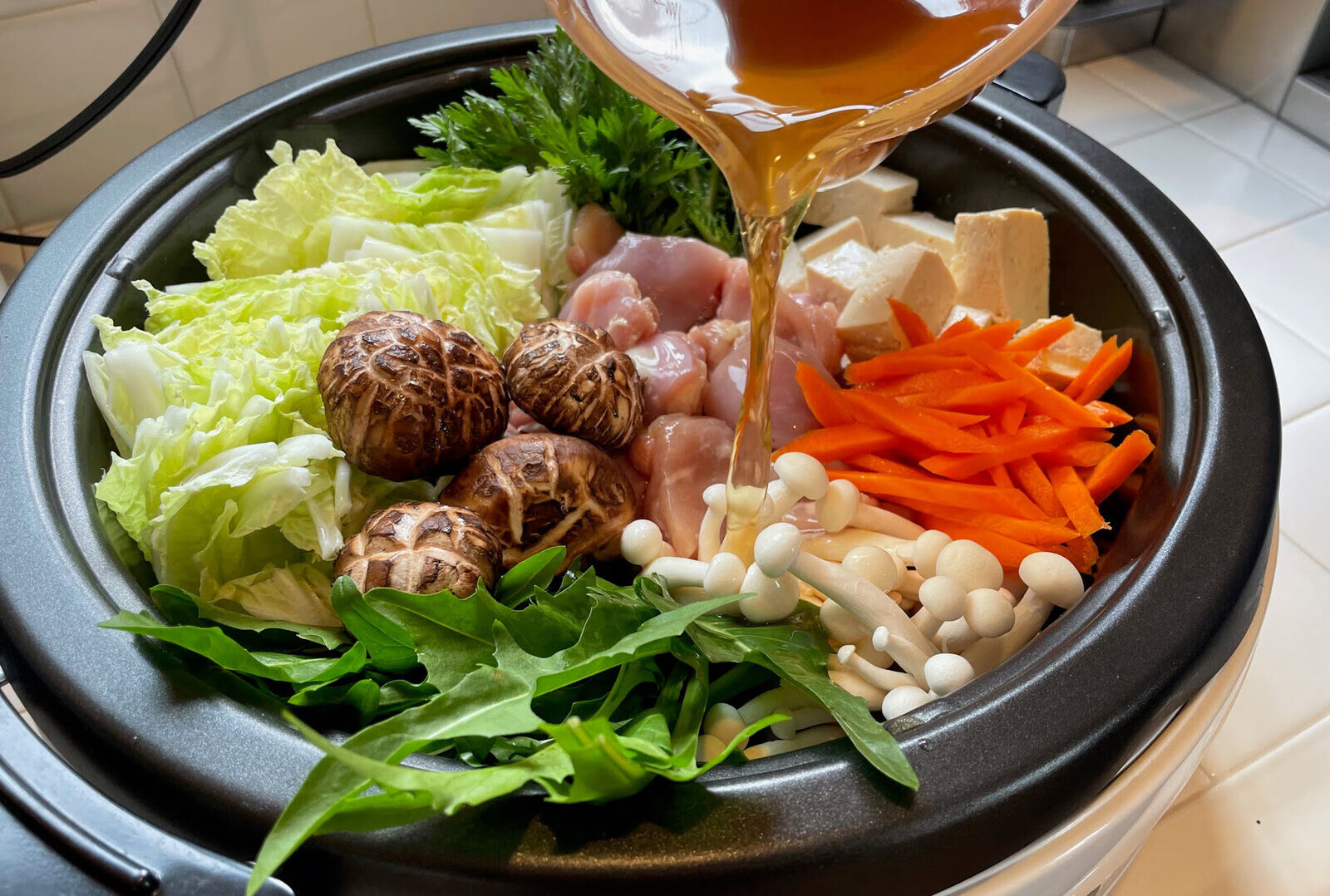

Articles
How Long To Cook Veggies In An Electric Skillet
Modified: August 24, 2024
Discover how long to cook veggies in an electric skillet with our expert articles. Get the perfect cooking time and enjoy delicious, healthy meals.
(Many of the links in this article redirect to a specific reviewed product. Your purchase of these products through affiliate links helps to generate commission for Storables.com, at no extra cost. Learn more)
Introduction
Welcome to the wonderful world of cooking with an electric skillet! If you’re a vegetable lover like me, you’ll be pleased to know that an electric skillet can be a fantastic tool for preparing delicious and nutritious vegetable dishes. Whether you’re a seasoned chef or just starting out in the kitchen, cooking vegetables in an electric skillet can provide numerous benefits and advantages.
With the ability to control temperature settings and distribute heat evenly, electric skillets offer a convenient and efficient way to cook vegetables. Not only do they save time and energy, but they also allow for precision cooking, ensuring that your veggies are cooked to perfection every time.
In this article, we’ll explore the many benefits of cooking veggies in an electric skillet and provide some helpful tips and guidelines to ensure your vegetable dishes turn out splendidly. Whether you’re sautéing, stir-frying, or even steaming your veggies, you’ll discover that an electric skillet can be your new go-to kitchen companion.
Key Takeaways:
- Cooking veggies in an electric skillet offers precise temperature control, even heat distribution, and time-saving convenience. Experiment with different flavors and cooking methods to create delicious and nutritious vegetable dishes.
- Factors affecting cooking time include vegetable type, desired texture, heat setting, skillet material, cooking method, and personal preference. Adjust these factors to achieve perfectly cooked veggies in your electric skillet.
Benefits of Cooking Veggies in an Electric Skillet
Cooking vegetables in an electric skillet offers a range of advantages that can enhance your culinary experience. Here are some key benefits to consider:
1. Precise Temperature Control: Unlike stovetop cooking, electric skillets allow you to precisely control the cooking temperature. This is crucial when it comes to cooking vegetables as it helps retain their natural flavors, texture, and nutritional value. You can easily adjust the heat levels to sauté, steam, or simmer the vegetables to perfection.
2. Even Heat Distribution: Electric skillets provide uniform heating, which ensures that vegetables are cooked evenly throughout. This avoids the risk of overcooking or undercooking certain parts of the vegetables. Say goodbye to soggy or partially raw veggies!
3. Time-Saving Convenience: Electric skillets heat up quickly, reducing the time it takes to cook vegetables. This is especially beneficial when you’re in a hurry or trying to whip up a quick and healthy meal. With an electric skillet, you can save precious minutes without compromising on taste or nutritional value.
4. Versatility: Electric skillets offer a wide range of cooking methods, allowing you to prepare vegetables in various ways. You can sauté them to retain their crunchiness, stir-fry them for a flavorful and vibrant dish, or even steam them for a healthier option. The versatility of an electric skillet opens up endless possibilities for experimenting with different vegetable recipes.
5. Energy Efficiency: Electric skillets are energy-efficient, using less electricity compared to traditional stovetop cooking. This not only helps save on utility bills but also reduces your carbon footprint. So, you can enjoy cooking your favorite veggies guilt-free!
6. Easy Cleanup: Cleaning up after cooking can be a chore, but with an electric skillet, it’s a breeze. Most electric skillets have a non-stick coating, making them easy to clean and preventing food from sticking to the surface. Simply wipe it down with a sponge or towel, and you’re good to go.
Factors Affecting Cooking Time in an Electric Skillet
When cooking vegetables in an electric skillet, several factors can affect the cooking time. Understanding these factors will help you achieve perfectly cooked veggies every time. Here are some key elements to consider:
1. Vegetable Type and Size: The type and size of vegetables being cooked can significantly impact the cooking time. Vegetables such as leafy greens or thinly sliced ones will cook faster compared to larger, denser vegetables like potatoes or carrots. Adjust your cooking time accordingly to ensure that all the vegetables are cooked evenly.
2. Desired Texture: The cooking time will vary depending on the texture you desire for your vegetables. For crisp-tender vegetables, a shorter cooking time is recommended to retain a bit of crunch. On the other hand, if you prefer softer vegetables, you may need to cook them for a bit longer until they reach the desired tenderness.
3. Heat Setting: The temperature setting on your electric skillet plays a crucial role in determining the cooking time. Higher heat will result in shorter cooking times, while lower heat will require more time to cook the vegetables thoroughly. It’s essential to find the right balance and adjust the heat setting accordingly to achieve the desired doneness.
4. Skillet Material and Size: The material and size of your electric skillet can also impact the cooking time. Different skillet materials conduct heat differently, which may affect the cooking speed. Additionally, the size of the skillet can determine how quickly the vegetables cook since a smaller skillet may heat up more rapidly than a larger one.
5. Cooking Method: The cooking method you choose for your vegetables will affect the cooking time as well. Sautéing will generally be quicker than stir-frying, which requires more time for the vegetables to evenly cook through. Steaming may take longer compared to other methods, as you need to allow time for the steam to fully penetrate and cook the vegetables.
6. Personal Preference: Lastly, your personal preference for how you like your vegetables cooked will also influence the cooking time. If you prefer your veggies to be al dente with a bit of crunch, you may cook them for a shorter duration. However, if you prefer them to be softer and well-cooked, you can extend the cooking time accordingly.
By considering these factors and making adjustments accordingly, you can ensure that your vegetables are cooked to perfection in your electric skillet.
When cooking veggies in an electric skillet, it’s important to keep an eye on them and stir frequently. Cook them for 5-10 minutes or until they reach your desired level of tenderness.
Recommended Cooking Times for Various Vegetables
Now that we understand the factors that affect cooking time in an electric skillet, let’s explore some recommended cooking times for different vegetables. Keep in mind that these times are approximate and may vary based on personal preference and the specific conditions of your electric skillet.
1. Broccoli: Cook broccoli florets for approximately 5-7 minutes until they are bright green and tender. You can adjust the cooking time based on your desired level of crunchiness.
2. Carrots: Thinly sliced or small carrot pieces can be cooked for about 8-10 minutes until they are tender yet still slightly firm. If you’re cooking larger carrot chunks, you may need to increase the cooking time by a few minutes.
3. Green Beans: Cook fresh or frozen green beans for roughly 6-8 minutes until they are crisp-tender. Avoid overcooking them to maintain their vibrant color and crunch.
4. Bell Peppers: Sliced bell peppers can be cooked for approximately 5-7 minutes until they are slightly softened and have a slight char on the edges. Adjust the cooking time based on the desired level of tenderness.
5. Zucchini and Yellow Squash: Thinly sliced zucchini and yellow squash can be cooked for around 5-6 minutes until they are tender and slightly browned. Be mindful not to overcook them to maintain their texture.
6. Mushrooms: Sliced mushrooms can be cooked for about 4-6 minutes until they are golden brown and tender. Adjust the cooking time based on the desired level of browning and texture.
7. Asparagus: Cook asparagus spears for approximately 4-6 minutes until they are bright green and have a slight crunch. Be careful not to overcook them, as they can become mushy.
8. Spinach: Cook spinach leaves in an electric skillet for about 2-3 minutes until they are wilted and have reduced in volume. Adjust the cooking time based on the desired level of wilting.
Remember, these are just general guidelines to get you started. The cooking times may vary based on the specific conditions of your electric skillet and personal preference. It’s always a good idea to keep an eye on your vegetables while cooking and adjust the time as needed.
Tips for Cooking Veggies in an Electric Skillet
To ensure successful vegetable dishes when using an electric skillet, here are some valuable tips to keep in mind:
1. Preheat the Skillet: Before adding your vegetables, preheat the electric skillet to the desired cooking temperature. This will help ensure even cooking and prevent the veggies from sticking to the surface.
2. Cut Vegetables Uniformly: To promote even cooking, aim to cut your vegetables into uniform sizes. This will ensure that all pieces cook at the same rate and result in evenly cooked vegetables.
3. Use the Right Amount of Oil: While electric skillets often have non-stick surfaces, adding a small amount of oil can enhance the flavor and prevent the vegetables from sticking. Use a high-heat cooking oil like vegetable or canola oil and distribute it evenly across the skillet.
4. Sauté or Stir-Fry Over High Heat: For a quick and flavorful vegetable dish, set your electric skillet to high heat and sauté or stir-fry your veggies. This method will help retain their crispness, vibrant color, and natural flavors.
5. Add Seasonings and Herbs: Elevate the taste of your vegetable dishes by adding your favorite seasonings and herbs. Whether it’s garlic, onion, lemon zest, or a sprinkle of your preferred spices, seasonings can enhance the overall flavor profile of the veggies.
6. Don’t Overcrowd the Skillet: Avoid overcrowding the electric skillet with too many vegetables. Overcrowding can lead to uneven cooking and steaming instead of sautéing or stir-frying. Cook in batches if necessary or use a larger skillet to ensure proper heat distribution.
7. Stir Occasionally: While cooking, stir the vegetables occasionally to ensure they cook evenly and prevent any pieces from sticking to the skillet. Use a spatula or wooden spoon to gently toss the vegetables around, allowing them to cook on all sides.
8. Steam with a Lid: If you prefer steamed vegetables, consider using a lid or covering the skillet with foil to trap the steam and help cook the vegetables faster. This will also help retain moisture and prevent loss of nutrients.
9. Taste and Adjust: Throughout the cooking process, taste the vegetables to check for doneness and adjust the seasoning if needed. This will ensure that the flavors are perfectly balanced and tailored to your liking.
10. Be Mindful of Overcooking: Keep a close eye on the cooking time to avoid overcooking the vegetables. Overcooked veggies can become mushy and lose their nutritional value. Remember that different vegetables require different cooking times, so adjust accordingly.
By following these tips and techniques, you can create tasty and nutritious vegetable dishes using your electric skillet. Experiment with different flavors and cooking methods to discover your favorite vegetable recipes.
Conclusion
Cooking vegetables in an electric skillet is not only convenient but also an excellent way to prepare delicious and nutritious meals. The precise temperature control, even heat distribution, and versatility of an electric skillet make it an ideal tool for cooking a variety of vegetables in different styles.
By understanding the factors that affect cooking time and following recommended guidelines, you can achieve perfectly cooked vegetables that retain their flavor, texture, and nutritional value. Preheating the skillet, cutting vegetables uniformly, using the right amount of oil, and sautéing or stir-frying over high heat can result in vibrant and tasty vegetable dishes.
Remember to add your favorite seasonings and herbs, stir occasionally, and taste and adjust the flavors throughout the cooking process. Be mindful of not overcrowding the skillet and avoid overcooking the vegetables to ensure they maintain their desired level of crispness or tenderness.
An electric skillet offers time-saving convenience, energy efficiency, and easy cleanup, making it a fantastic addition to any kitchen. With endless possibilities for experimenting with different vegetable recipes, you can explore a world of flavors and textures that will delight your taste buds.
So, whether you’re a culinary enthusiast or a beginner in the kitchen, grab your electric skillet, a bunch of fresh vegetables, and get ready to unleash your creativity. Cook up delicious vegetable dishes that will not only nourish your body but also bring joy to your meals.
Embrace the benefits of cooking veggies in an electric skillet and elevate your culinary experience to new heights!
Frequently Asked Questions about How Long To Cook Veggies In An Electric Skillet
Was this page helpful?
At Storables.com, we guarantee accurate and reliable information. Our content, validated by Expert Board Contributors, is crafted following stringent Editorial Policies. We're committed to providing you with well-researched, expert-backed insights for all your informational needs.
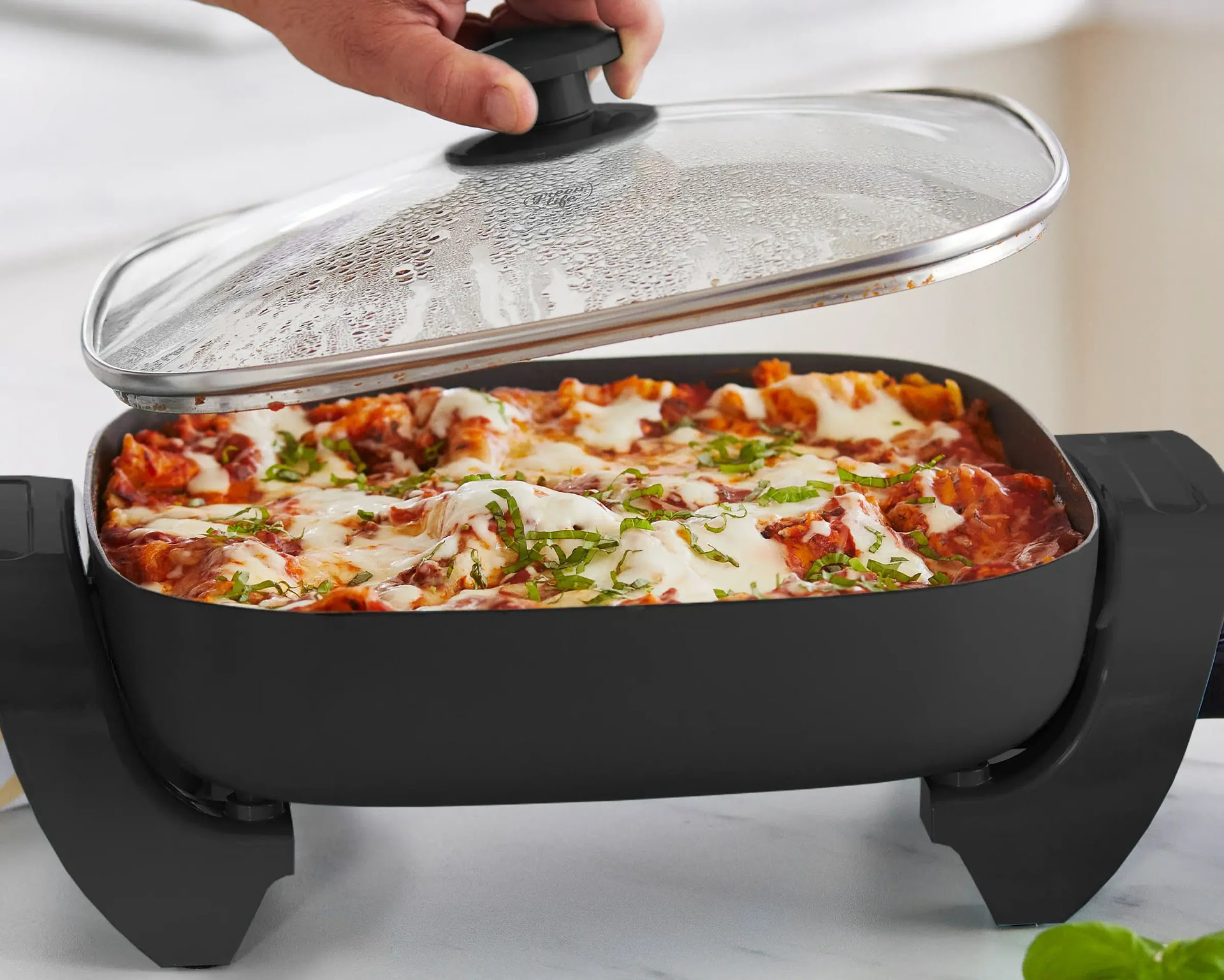
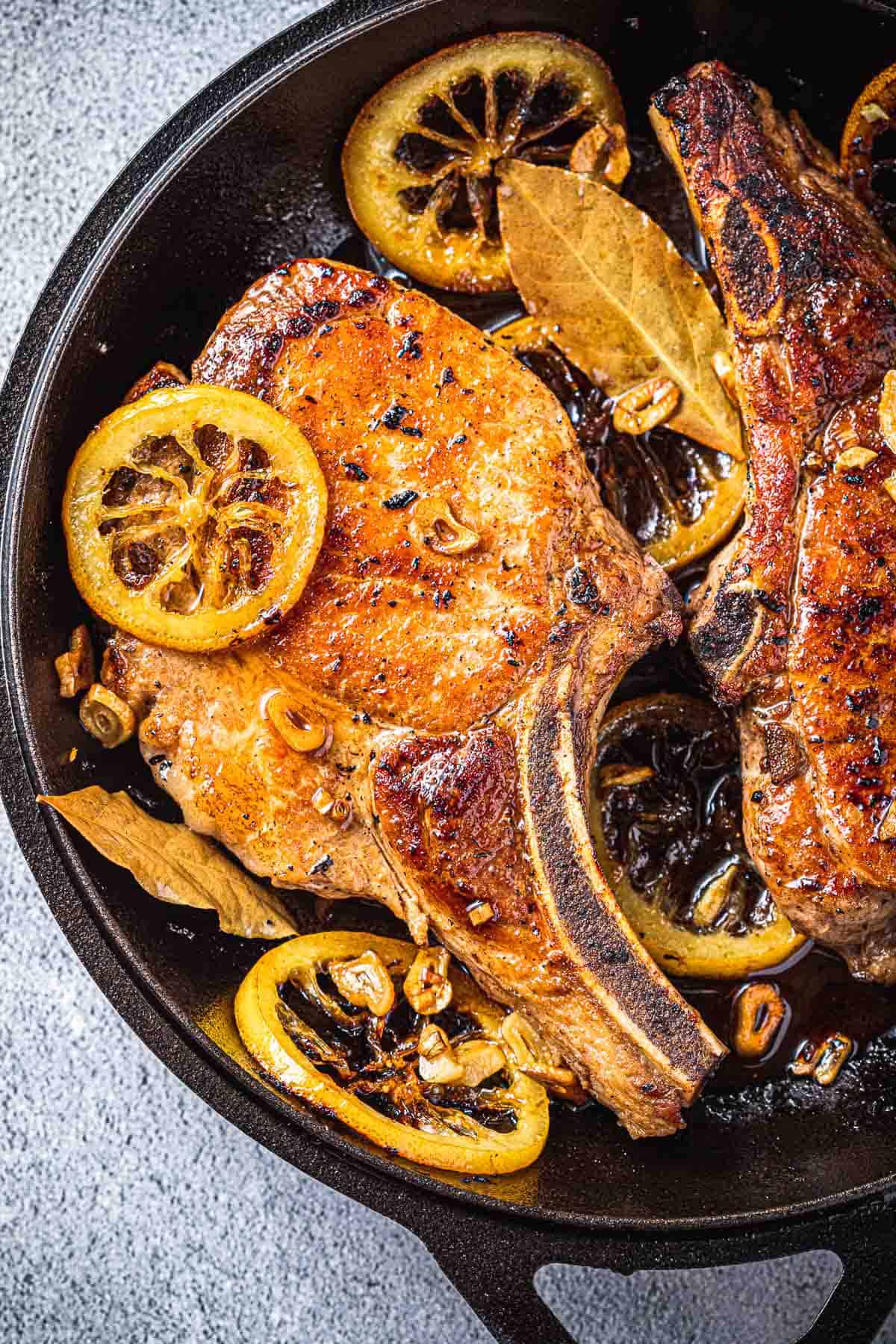

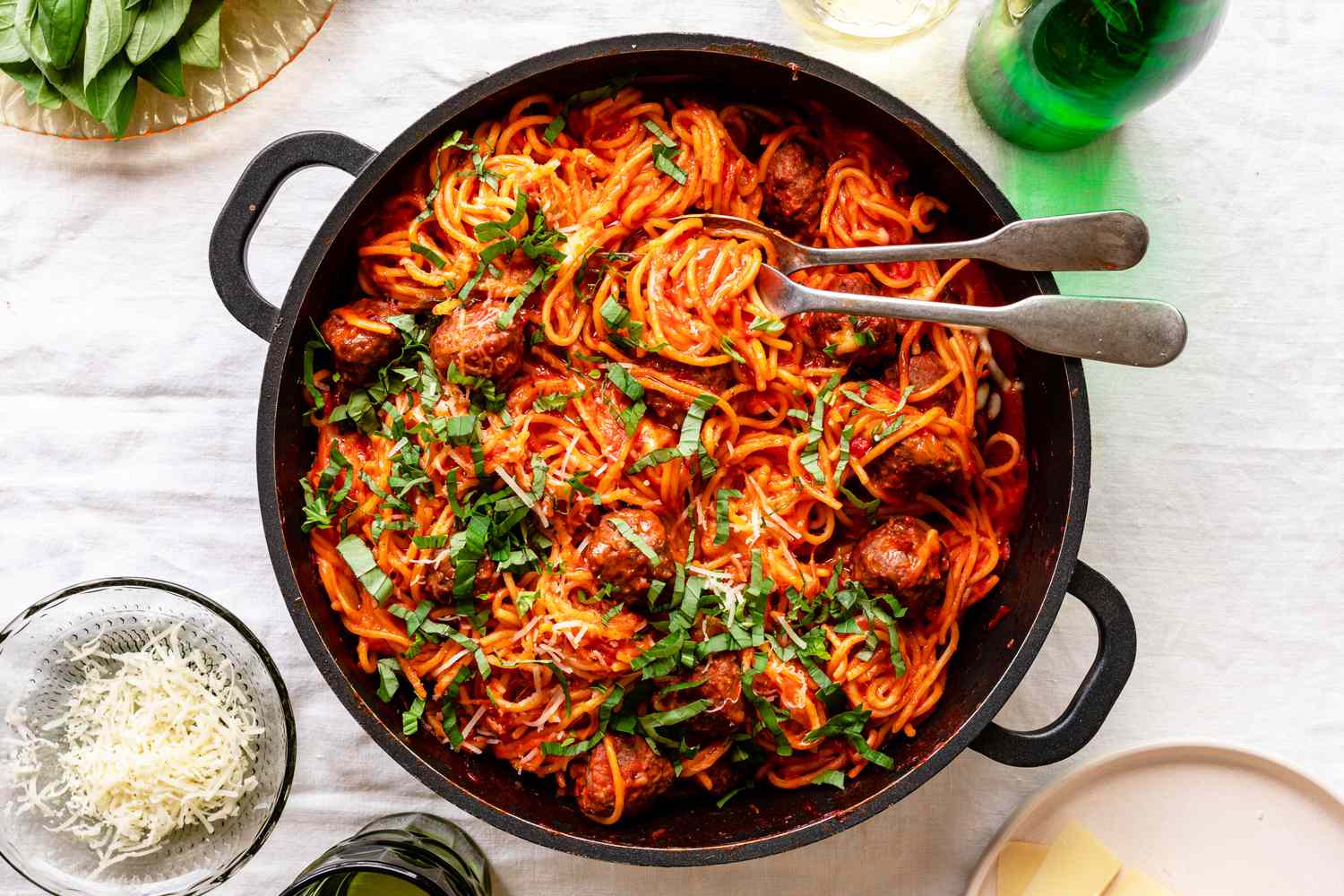
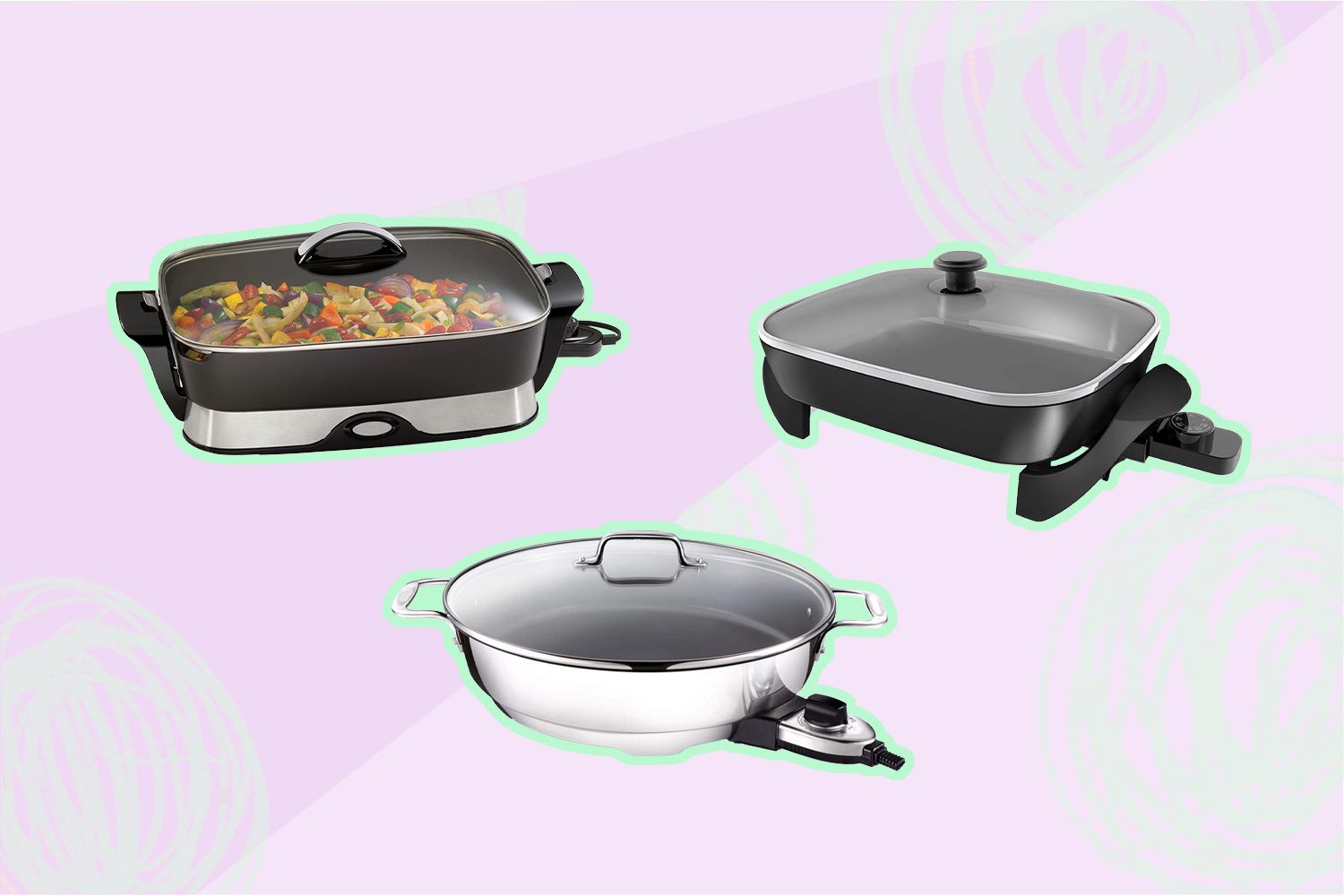

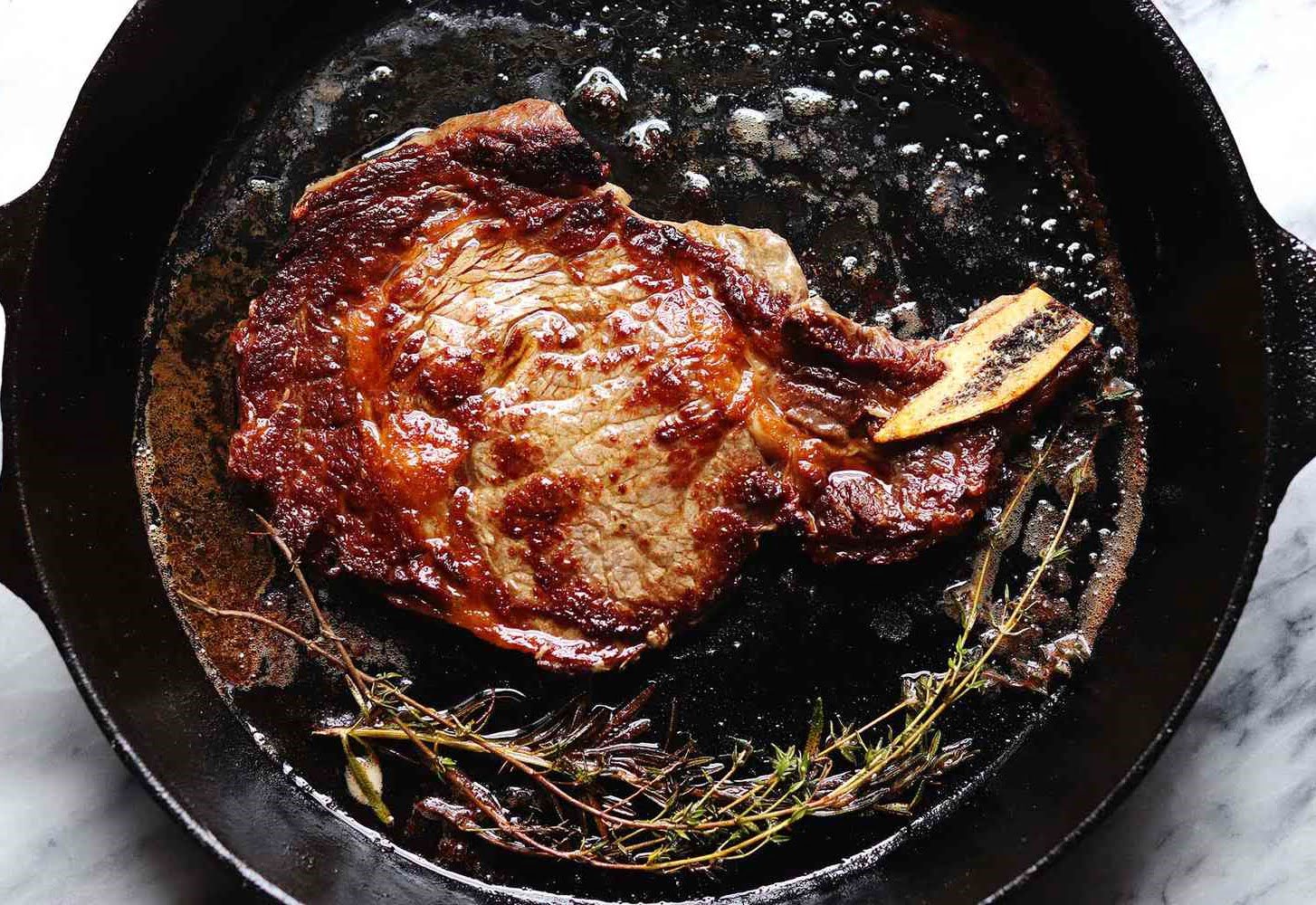
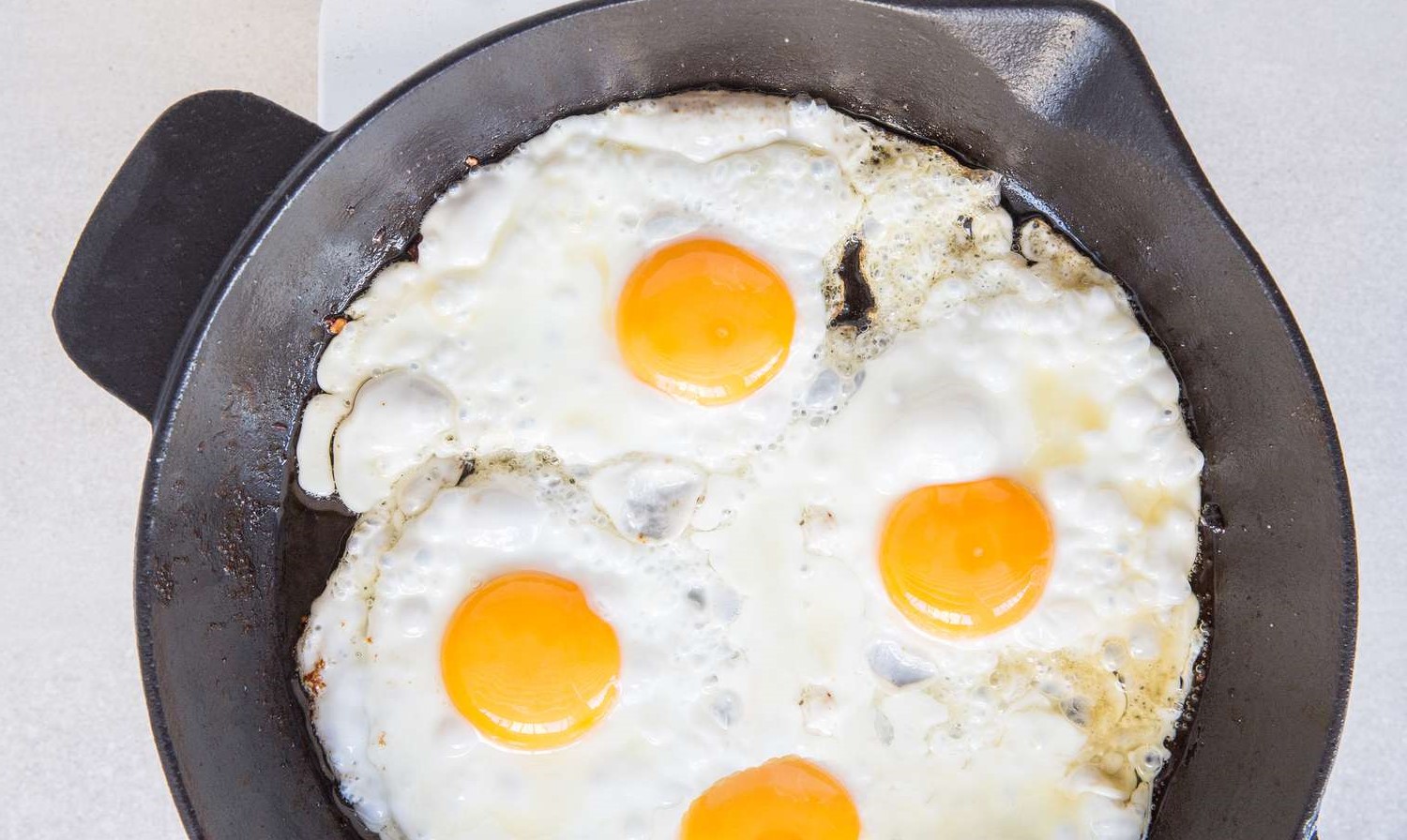







0 thoughts on “How Long To Cook Veggies In An Electric Skillet”